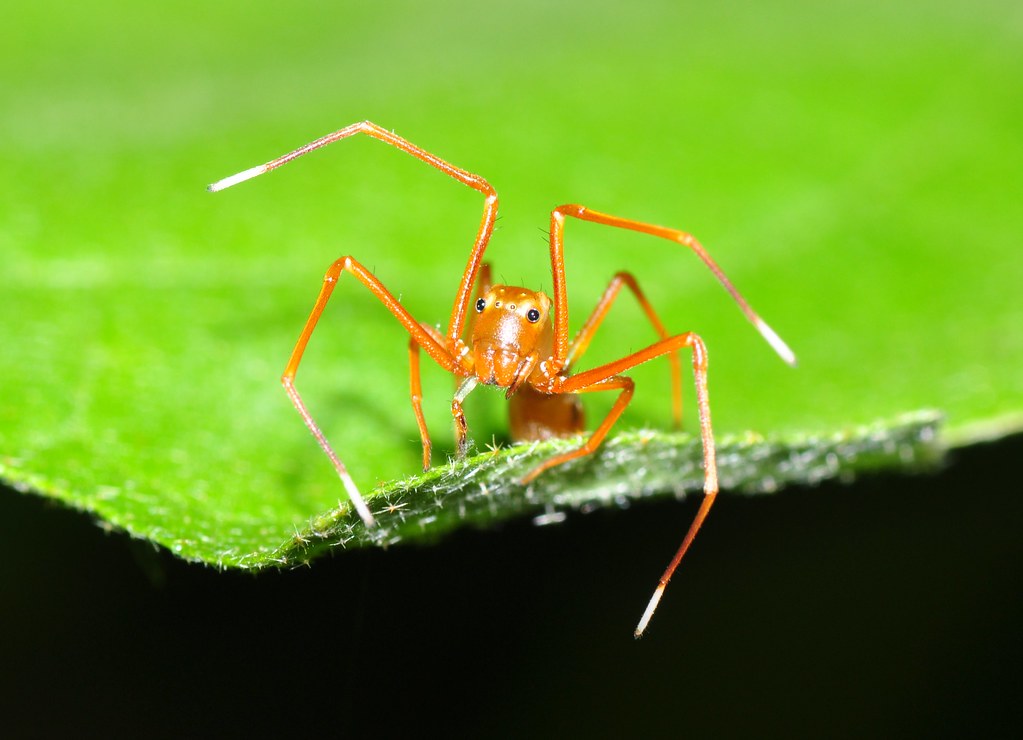In the dense undergrowth of tropical rainforests, a masterpiece of deception unfolds daily. A creature with eight legs scuttles through the leaf litter, but every movement screams “I’m an ant!” This isn’t just another spider trying to blend in with its surroundings—it’s an evolutionary marvel that has perfected the art of mimicry to such an extent that even trained biologists sometimes need a magnifying glass to spot the difference. The ant-mimicking spiders, known scientifically as myrmecomorphs, represent one of nature’s most sophisticated cases of Batesian mimicry, where a harmless species evolves to look like a dangerous or unpalatable one.
The Masters of Disguise
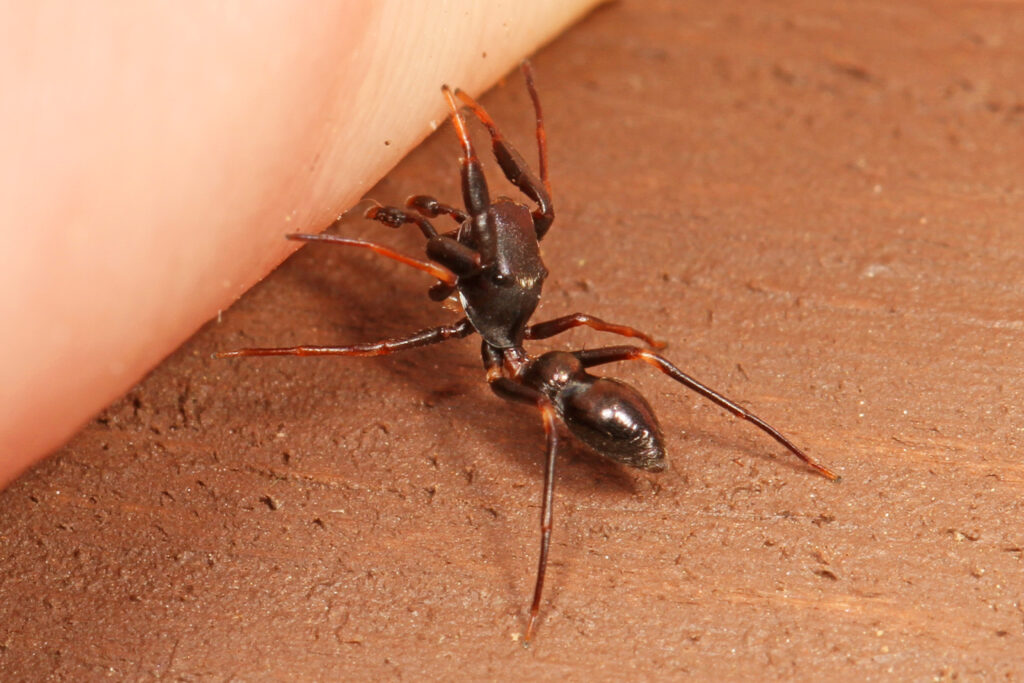
Ant-mimicking spiders have evolved independently multiple times across different spider families, creating a stunning example of convergent evolution. These eight-legged actors belong to various genera, including Myrmarachne, Synageles, and Peckhamia, each perfecting their own version of the ant charade. The most remarkable aspect of their transformation lies not just in their appearance, but in their complete behavioral makeover.
Unlike typical spiders that move with a characteristic eight-legged gait, these mimics have developed an entirely different locomotion pattern. They hold their front legs up like antennae, creating the illusion of six legs touching the ground while the raised forelegs wave about like genuine ant antennae. This behavioral shift requires precise coordination and represents a complete rewiring of their natural movement patterns.
The Anatomy of Deception
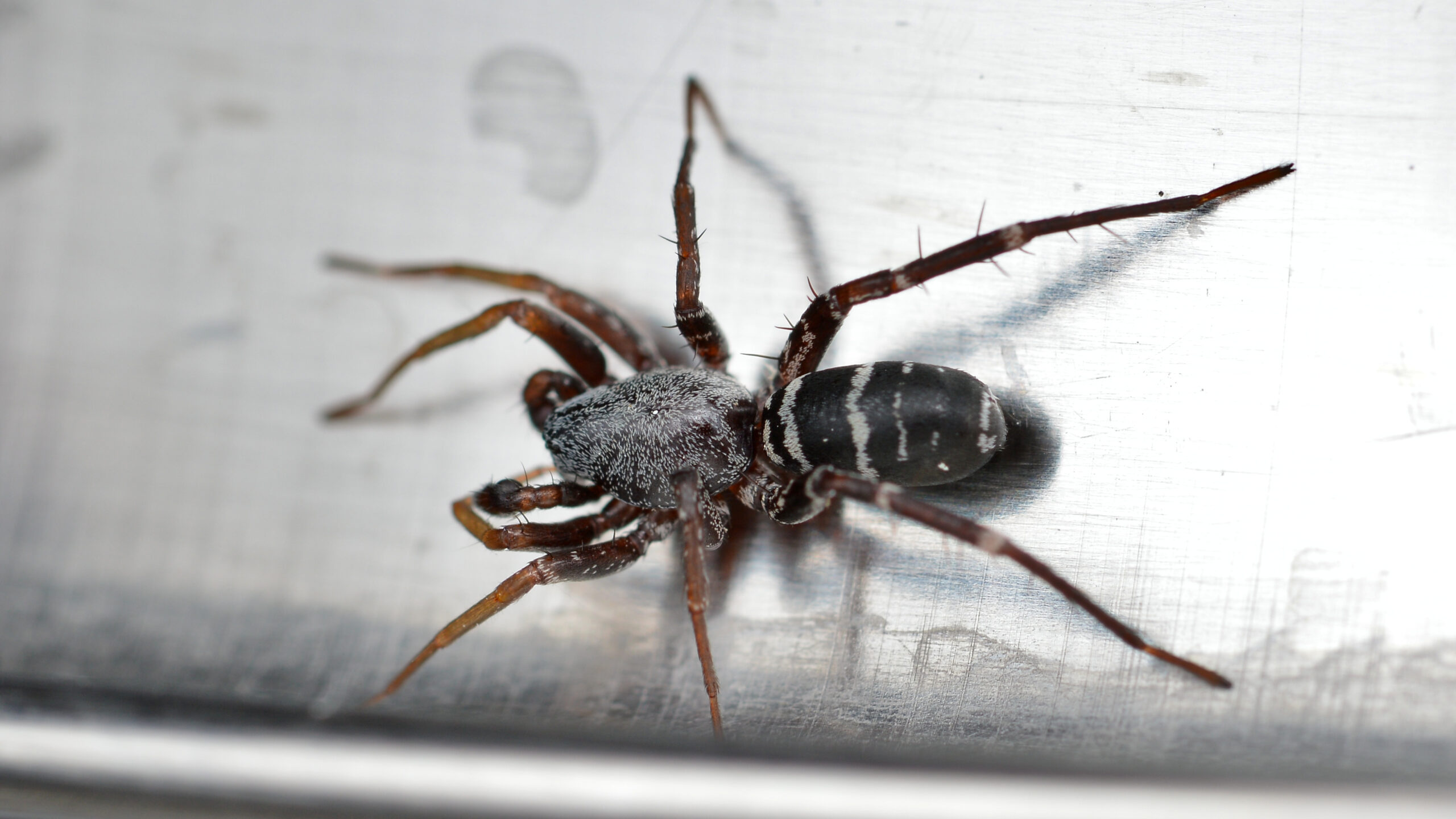
The physical transformation of ant-mimicking spiders goes far beyond simply changing color. Their bodies have elongated to match the three-part segmentation of ants—head, thorax, and abdomen—even though spiders naturally have only two body segments. Some species have developed constrictions in their cephalothorax and abdomen that create the illusion of the narrow waist typical of ants.
The most striking feature is often their modified front legs, which have become incredibly antenna-like in both appearance and movement. These legs are typically darker, more slender, and held at angles that perfectly mimic the way ants use their antennae to navigate and communicate. The remaining six legs have also adapted, becoming more ant-like in their proportions and movement patterns.
Why Choose Ants as Models?
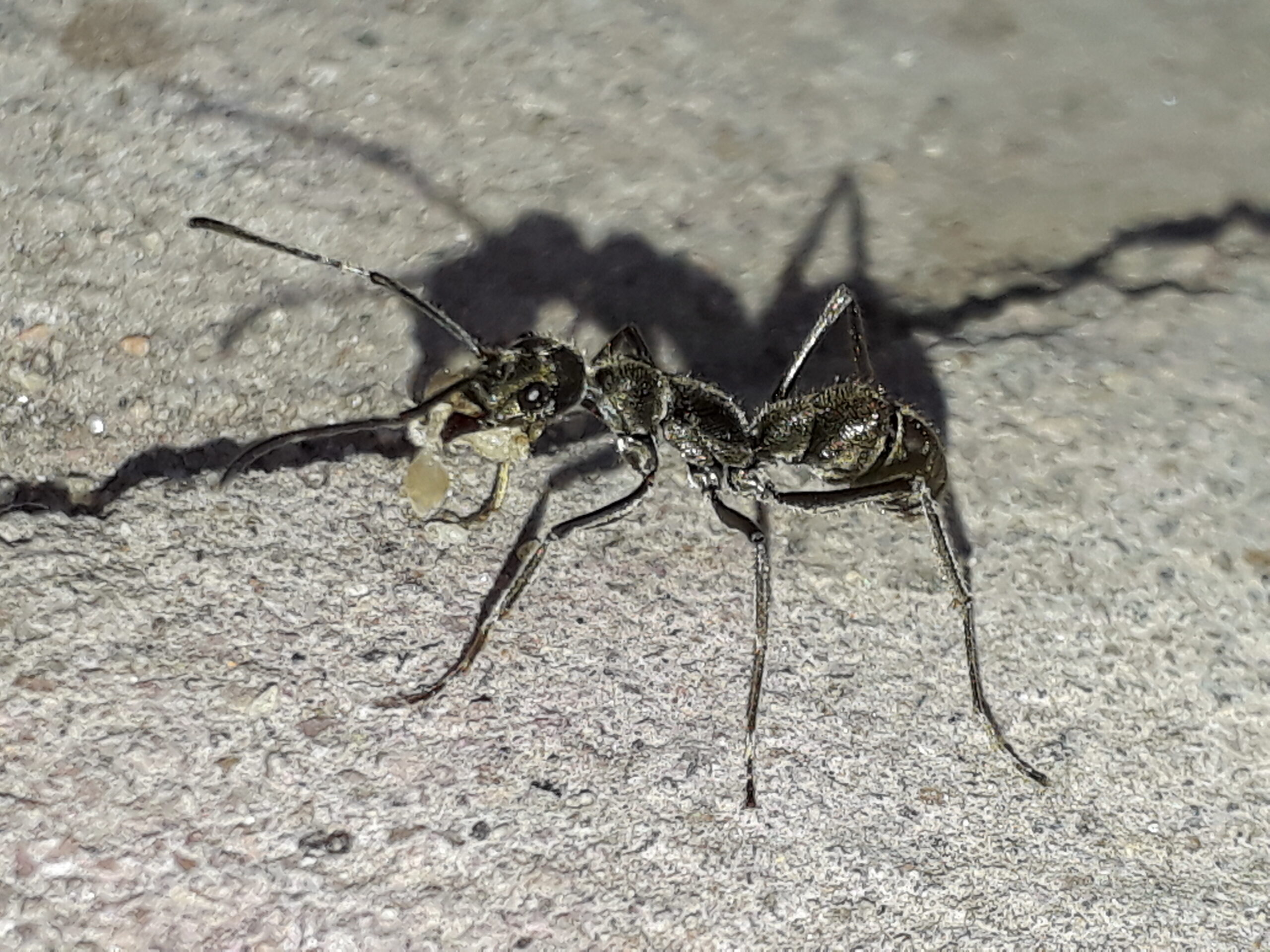
Ants represent the perfect model for mimicry because they’re simultaneously abundant and avoided by many predators. Most ant species possess chemical defenses, painful stings, or powerful mandibles that make them unpalatable or dangerous to potential predators. Birds, lizards, and other hunters have learned to associate the characteristic ant appearance with unpleasant experiences, creating a protective umbrella that clever spiders can exploit.
The sheer numerical dominance of ants in most ecosystems also provides perfect cover for these mimics. In tropical forests, ants can comprise up to 25% of the total animal biomass, making them one of the most commonly encountered invertebrates. A spider that looks like an ant essentially becomes invisible in this sea of six-legged abundance.
The Jumping Spider Specialists
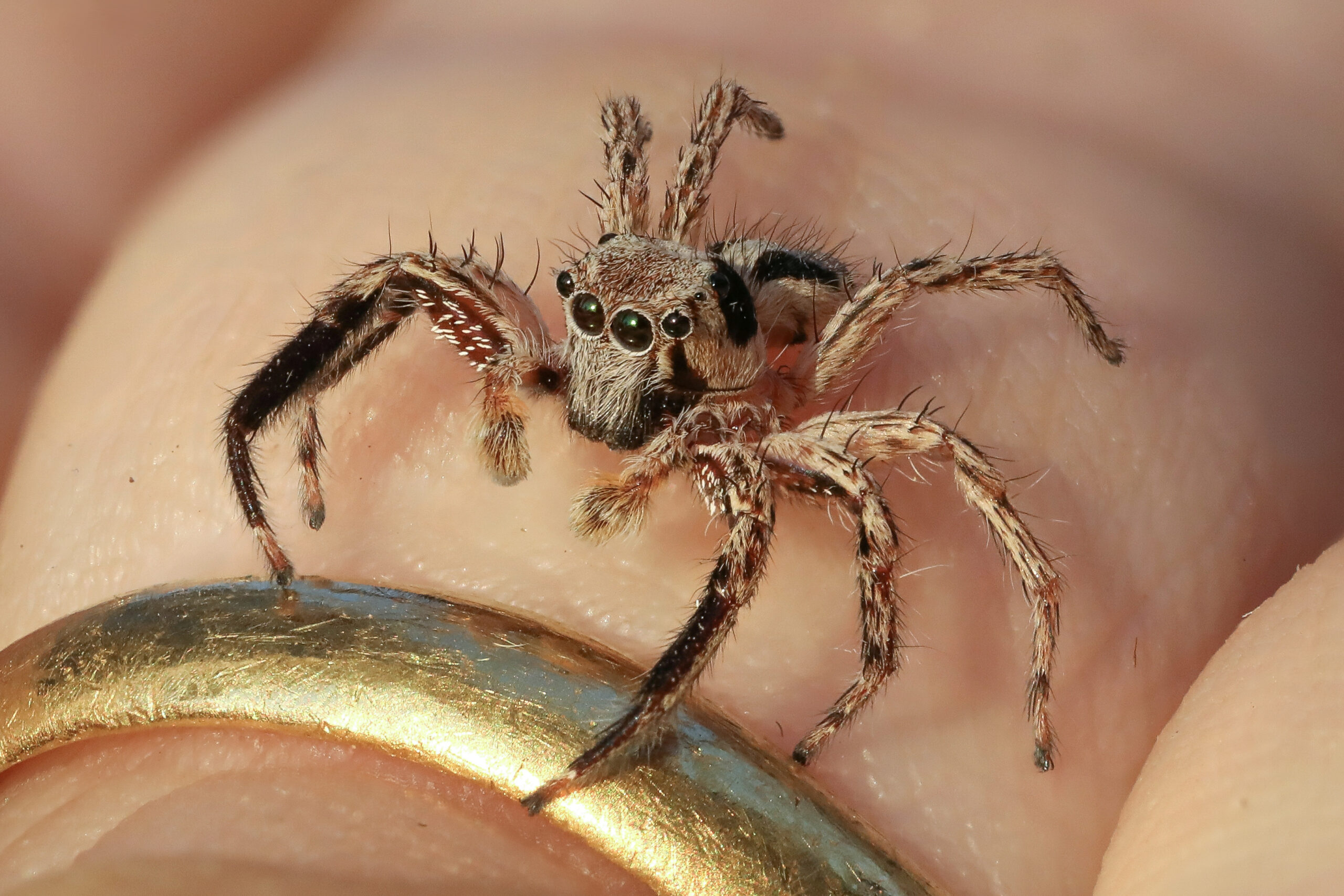
Among the most accomplished ant mimics are the jumping spiders of the genus Myrmarachne, which have elevated this deception to an art form. These spiders have evolved incredibly detailed ant-like features, including modified chelicerae that resemble ant mandibles and body patterns that mirror specific ant species in their habitat. Some Myrmarachne species have even developed the ability to change their body posture to match different ant castes, from workers to soldiers.
What makes these jumping spiders particularly fascinating is their retention of excellent vision despite their ant disguise. While maintaining their characteristic large eyes, they’ve positioned them in ways that don’t immediately give away their spider identity. This allows them to hunt with typical jumping spider precision while remaining camouflaged among their ant models.
Species-Specific Mimicry

The level of specialization in ant mimicry reaches extraordinary heights when spiders evolve to mimic specific ant species rather than just general ant appearance. Some myrmecomorphic spiders have co-evolved with particular ant species, developing color patterns, body shapes, and even movement styles that perfectly match their chosen models. This specificity suggests that the evolutionary pressure for accurate mimicry is intense and ongoing.
In some cases, different populations of the same spider species have evolved to mimic different ant species depending on their geographic location. This geographic variation in mimicry patterns provides compelling evidence for the adaptive nature of these disguises and highlights the dynamic relationship between predator, prey, and model species in different ecosystems.
The Behavioral Performance
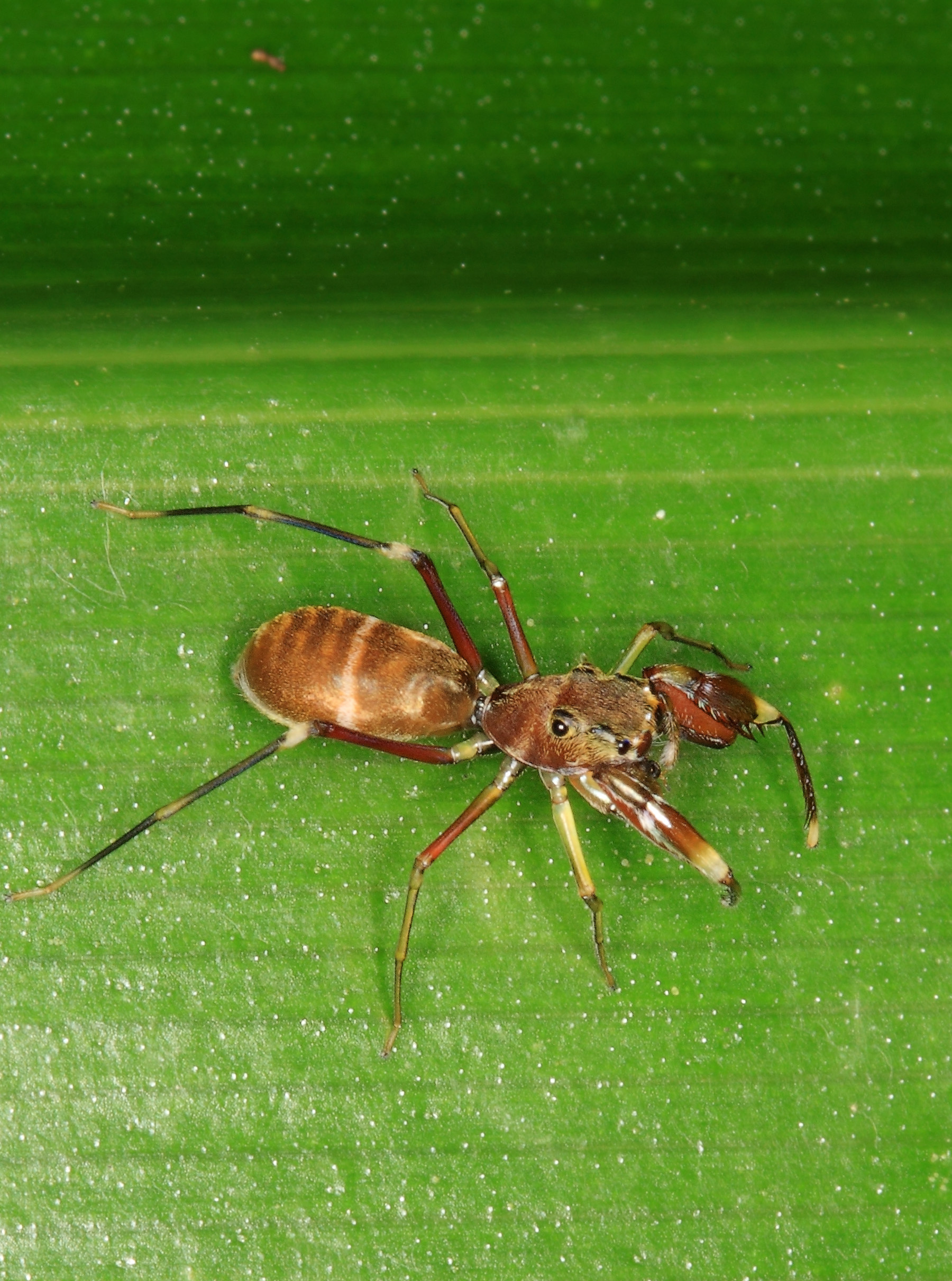
The success of ant mimicry extends far beyond static appearance into the realm of dynamic behavior. These spiders have learned to move in coordinated groups, following pheromone trails just like real ants, and even participating in ant foraging activities. They’ve mastered the art of jerky, purposeful movement that characterizes ant locomotion, abandoning the smooth, predatory movements typical of their spider relatives.
Some species have taken their performance to theatrical levels, engaging in mock battles with real ants, grooming behaviors that mirror ant social activities, and even forming temporary associations with ant colonies. This behavioral mimicry requires not just physical adaptation but also sophisticated neurological changes that allow these spiders to suppress their natural hunting instincts when in character.
Hunting While Disguised
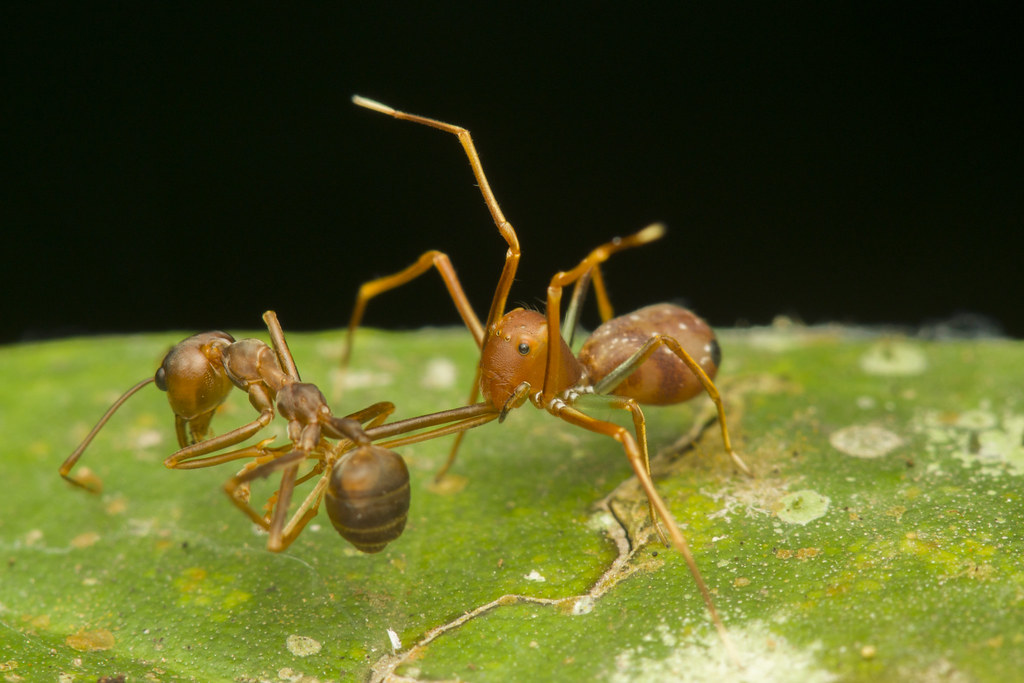
The most remarkable aspect of ant-mimicking spiders is their ability to hunt while maintaining their disguise. Unlike spiders that rely on webs, these mimics have become active hunters that can pursue prey while never breaking character. They’ve developed specialized hunting techniques that allow them to capture insects without revealing their true spider nature to nearby predators.
Many of these spiders have become specialists in hunting other small arthropods that might not be wary of ants. They use their disguise to get close to flies, aphids, and other insects that would normally flee from an approaching spider. The moment of capture is often lightning-fast, allowing them to secure prey and return to their ant-like behavior before any observers notice the deception.
The Evolutionary Timeline
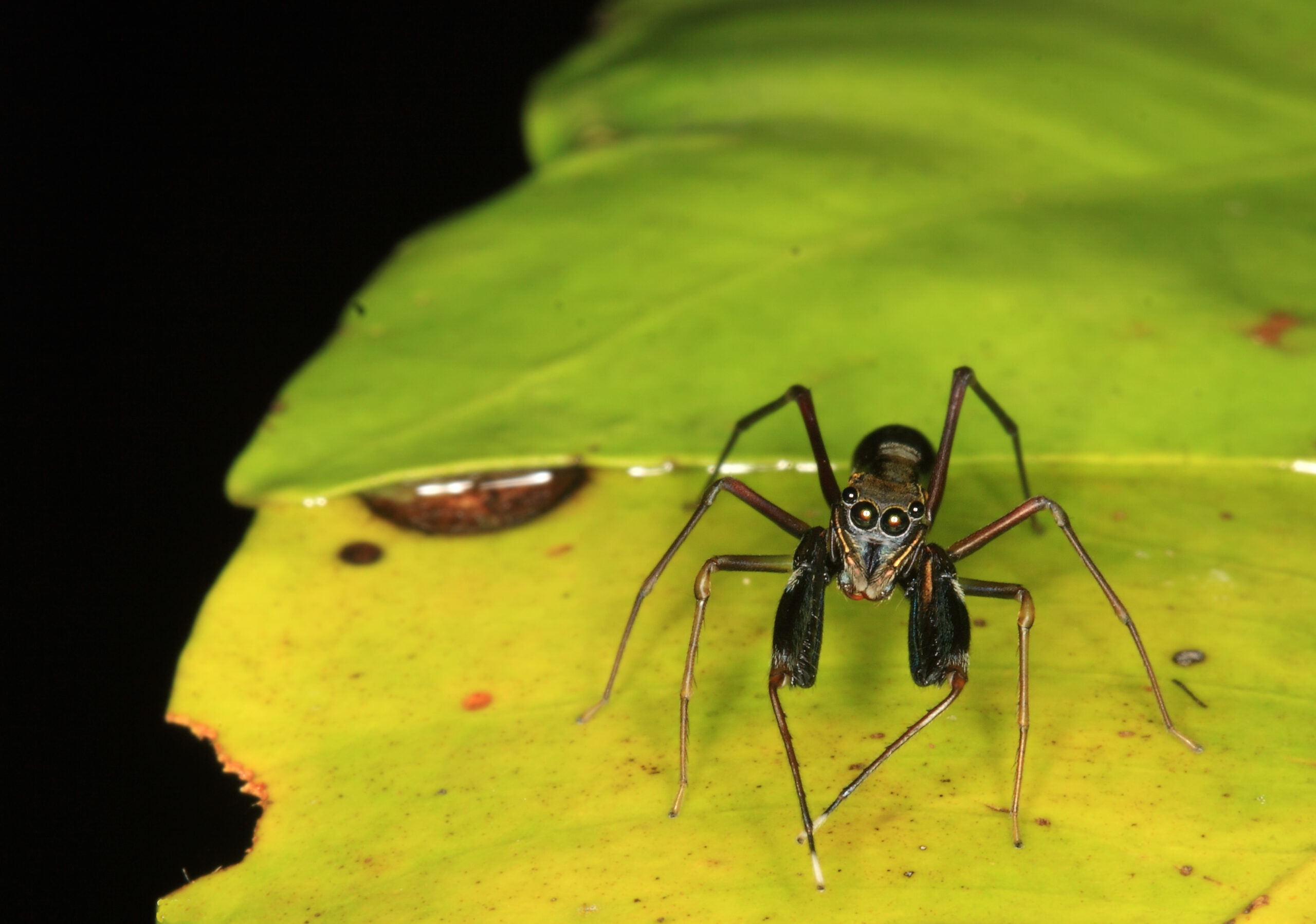
The evolution of ant mimicry in spiders represents a fascinating case study in rapid evolutionary change. Molecular studies suggest that many of these mimetic traits have evolved relatively recently in evolutionary terms, often within the last few million years. This timeline corresponds with the explosive diversification of ant species during the Cenozoic era, providing abundant models for spiders to mimic.
The speed of this evolutionary transformation is particularly impressive when considering the complexity of the changes involved. These spiders haven’t just altered their appearance; they’ve rewired fundamental aspects of their behavior, locomotion, and even their prey recognition systems. This rapid evolution suggests that the selective pressure from predators must be incredibly strong and consistent.
Geographic Hotspots of Mimicry
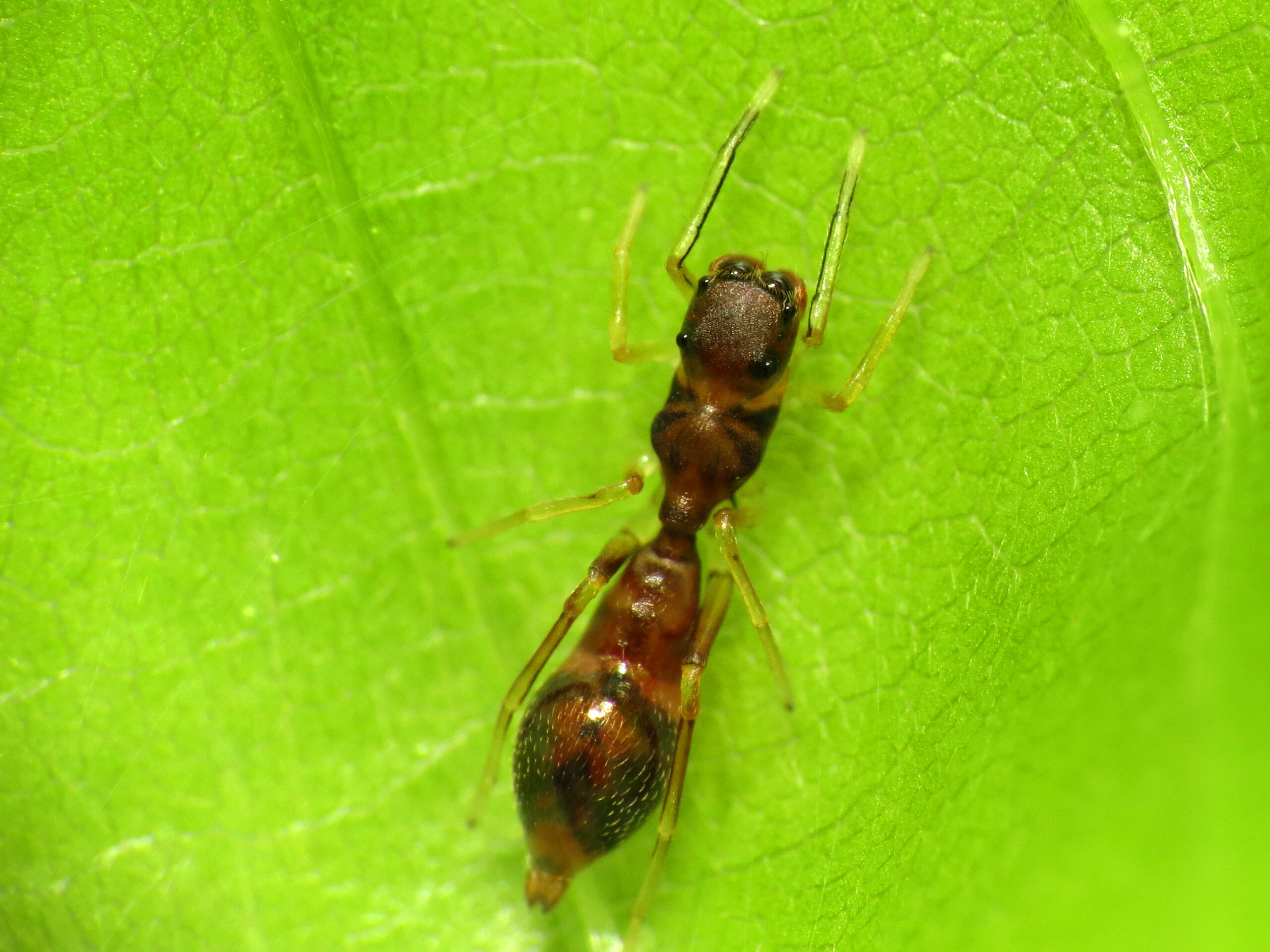
Ant-mimicking spiders reach their highest diversity and most sophisticated forms in tropical regions, particularly in Southeast Asia, Central and South America, and parts of Africa. These regions harbor the greatest diversity of ant species, providing numerous models for spiders to mimic. The complex forest ecosystems of these areas also support the predator communities that create the selective pressure driving mimicry evolution.
Interestingly, some temperate regions also host ant-mimicking spiders, though these tend to be less specialized and often mimic more generalized ant forms. The cooler climates and different predator communities in these regions create different selective pressures, resulting in distinct patterns of mimicry evolution that reflect local ecological conditions.
The Predator’s Perspective
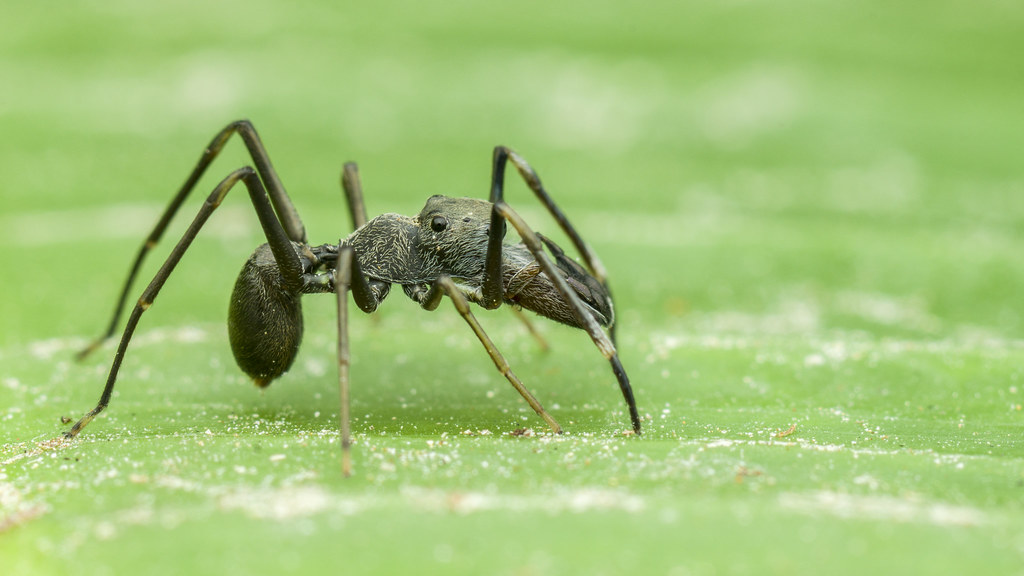
From the predator’s viewpoint, distinguishing between a real ant and a spider mimic can be genuinely challenging. Birds, lizards, and other visual hunters rely heavily on quick recognition patterns to identify prey, and the ant-mimicking spiders have evolved to exploit these rapid decision-making processes. The predator’s hesitation—that split second of uncertainty—often provides enough time for the spider to escape or find cover.
Some predators have evolved counter-adaptations, developing more sophisticated recognition abilities that can detect subtle differences between real ants and their spider mimics. This creates an ongoing evolutionary arms race, with spiders constantly refining their disguises while predators improve their detection abilities. The result is an ever-escalating level of mimetic sophistication that pushes both sides toward greater specialization.
Communication Challenges

One of the most intriguing aspects of ant mimicry involves the challenge of communication. Real ants rely heavily on chemical signals—pheromones—to communicate with their colony mates, navigate, and coordinate activities. Ant-mimicking spiders have had to develop ways to either produce similar chemical signals or avoid situations where their chemical deception might be discovered.
Some species have evolved the ability to produce chemical compounds that closely resemble ant pheromones, allowing them to move freely among ant colonies without triggering alarm responses. Others have developed behavioral strategies that minimize close contact with real ants, instead focusing on mimicking solitary foraging ants or scouts that operate independently of the main colony.
The Limits of Deception
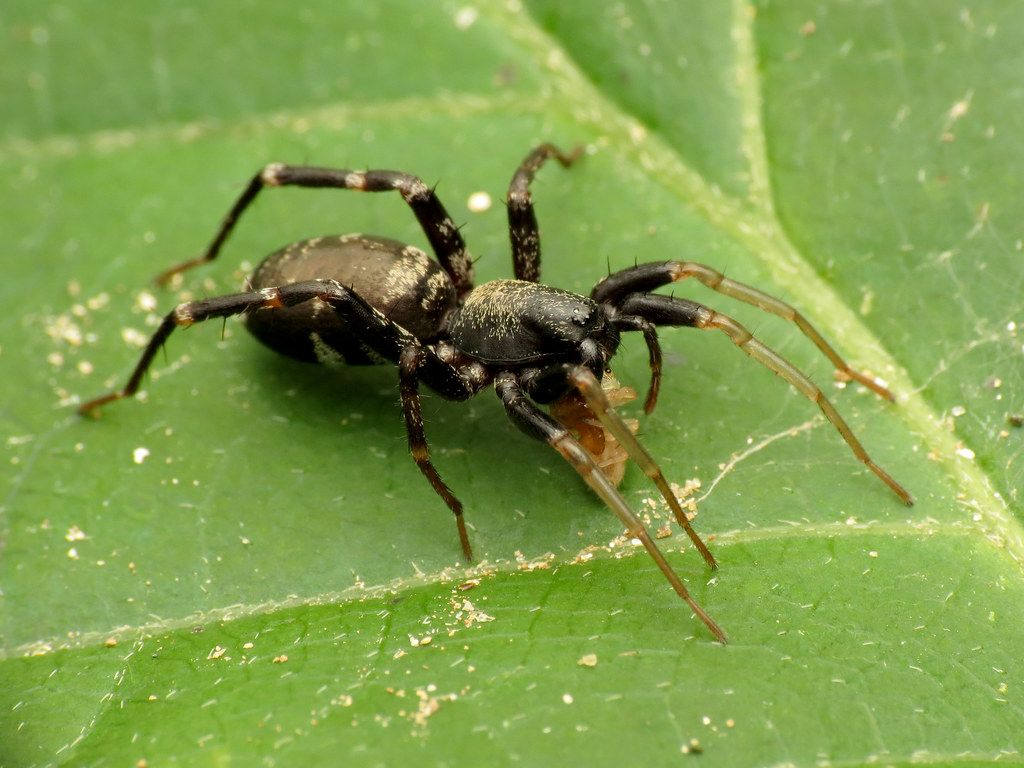
Despite their remarkable adaptations, ant-mimicking spiders face inherent limitations in their deceptive abilities. Their spider anatomy places constraints on how ant-like they can become, and certain situations inevitably expose their true nature. Close inspection by trained observers, interactions with real ants, or encounters with specialized predators can all reveal the deception.
The energy cost of maintaining their disguise also represents a significant challenge. The constant behavioral performance, the modified locomotion patterns, and the need to suppress natural spider behaviors all require considerable energy investment. This cost-benefit analysis plays a crucial role in determining when and where these spiders deploy their mimetic abilities most effectively.
Future Research Directions
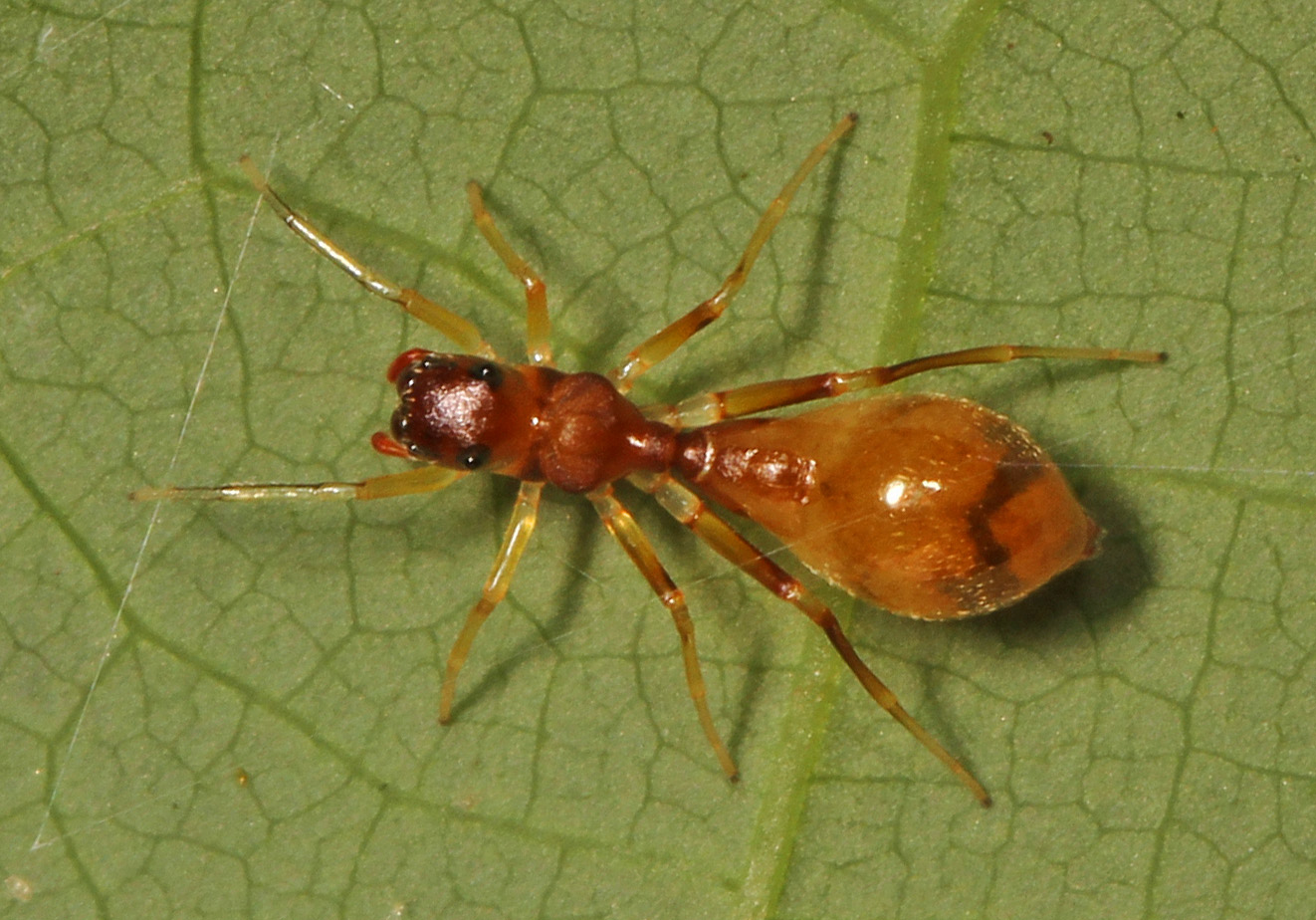
The study of ant-mimicking spiders continues to reveal new insights into evolution, behavior, and ecology. Advanced techniques in molecular genetics are allowing researchers to trace the evolutionary pathways that led to these remarkable adaptations, while high-speed photography and video analysis are revealing previously hidden aspects of their behavioral mimicry.
Climate change and habitat destruction pose new challenges for these specialized mimics, as they depend on stable ecosystems with consistent predator-prey relationships. Understanding how these spiders adapt to changing conditions could provide valuable insights into the flexibility and limits of evolutionary responses to environmental pressures.
Conclusion
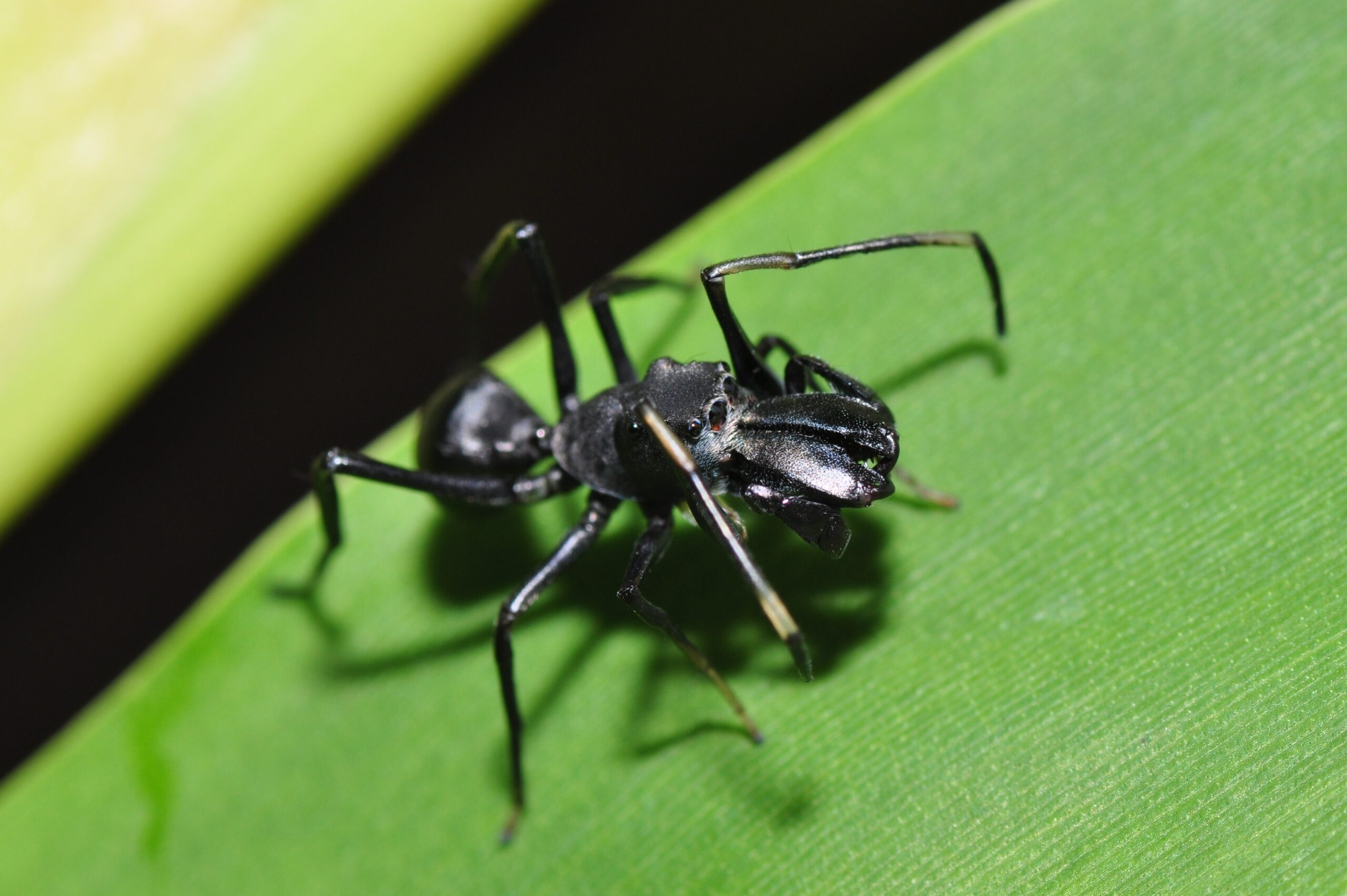
The ant-mimicking spiders represent one of nature’s most sophisticated examples of evolutionary deception, demonstrating how powerful selective pressure can reshape not just appearance but entire behavioral repertoires. These eight-legged actors have mastered the art of biological theater, creating performances so convincing that they fool predators, prey, and sometimes even scientists. Their success highlights the incredible creativity of evolutionary processes and the ongoing arms race between predators and prey that drives biological innovation.
As we continue to study these remarkable creatures, we gain deeper appreciation for the complexity of natural systems and the intricate relationships that connect all living things. The next time you see an ant scurrying through the underbrush, take a closer look—you might just be watching one of nature’s most accomplished performers in action. What other secrets might be hiding in plain sight in the natural world around us?

